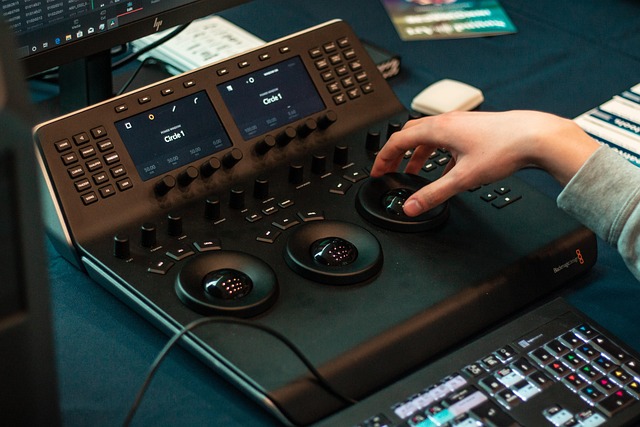The evolution of television display technology has undeniably transformed the way we perceive and interact with the world around us. From the onset of black and white screens to the vibrant, high-definition displays we enjoy today, television has not only changed in terms of technology, but also how it reflects and depicts the human face in imaging.
Historically, the journey began with cathode ray tube (CRT) televisions, which were bulky and limited in their ability to render the intricacies of the human visage. Faces on screen were often lost in hazy details and muted colors. Yet, even with these limitations, viewers forged emotional connections with characters, fascinated by the stories being told. The flickering images on screen captured only a semblance of reality, yet they conveyed complex emotions and narratives that transcended their simple displays.
As technology advanced, so did our expectations. The introduction of flat-screen displays revolutionized the industry, offering a new canvas for visualization. Liquid crystal display (LCD) and light-emitting diode (LED) technologies brought sharper images, deeper contrasts, and a more diverse color palette. Suddenly, the nuances of human expression were more vividly portrayed, allowing viewers to engage with characters on a deeper level. The faces on our screens became a mirror, reflecting not just stories but also our own emotions
With the emergence of 4K and even 8K resolution monitors, the clarity and detail reached heights previously unimaginable. Every wrinkle, every smile, every frown can now be seen with astounding precision. This has fostered a greater appreciation for the art of cinematography and the importance of facial expressions in storytelling. Filmmakers and content creators have embraced the technology, utilizing advanced imaging techniques to enhance the emotional gravity of their work, making the viewer feel more connected to the narrative.
In the realm of display technology, there is also the fascinating development of OLED screens, which further push the boundaries of contrast and color accuracy. This technology allows for deeper blacks and vibrant colors, enriching the visual experience. When you observe a character’s face illuminated by the glow of an OLED screen, the distinction in shading and tonal depth feels lifelike. The emotion conveyed through eyes, smiles, or even subtle gestures transcends the mundane and touches upon the tender human experience.
The progression of display technology brings with it an array of new opportunities for artists, advertisers, and creators alike. Digital art now utilizes these advanced displays to present faces with unparalleled realism, heightening our emotional responses. Whether it’s a stunning portrait in a gallery or a captivating character in a feature film, the technological advancements in imaging allow for a clearer expression of what it means to be human.
As we gaze into the eyes of the characters we love on our screens, we recognize something deeper. Faces—those simple yet complex creations—serve as conduits of emotion and connection. Each evolution in display technology has brought with it a new way of seeing, not just the images that dance before us but also the feelings they evoke, reminding us of our shared humanity
The journey of television display technology continues to unfold, pushing the boundaries of what we can see, feel, and understand through the subtle nuances of facial imagery. With each advancement, our connection to the screen deepens, and the faces we encounter become an integral part of our narrative as viewers.



